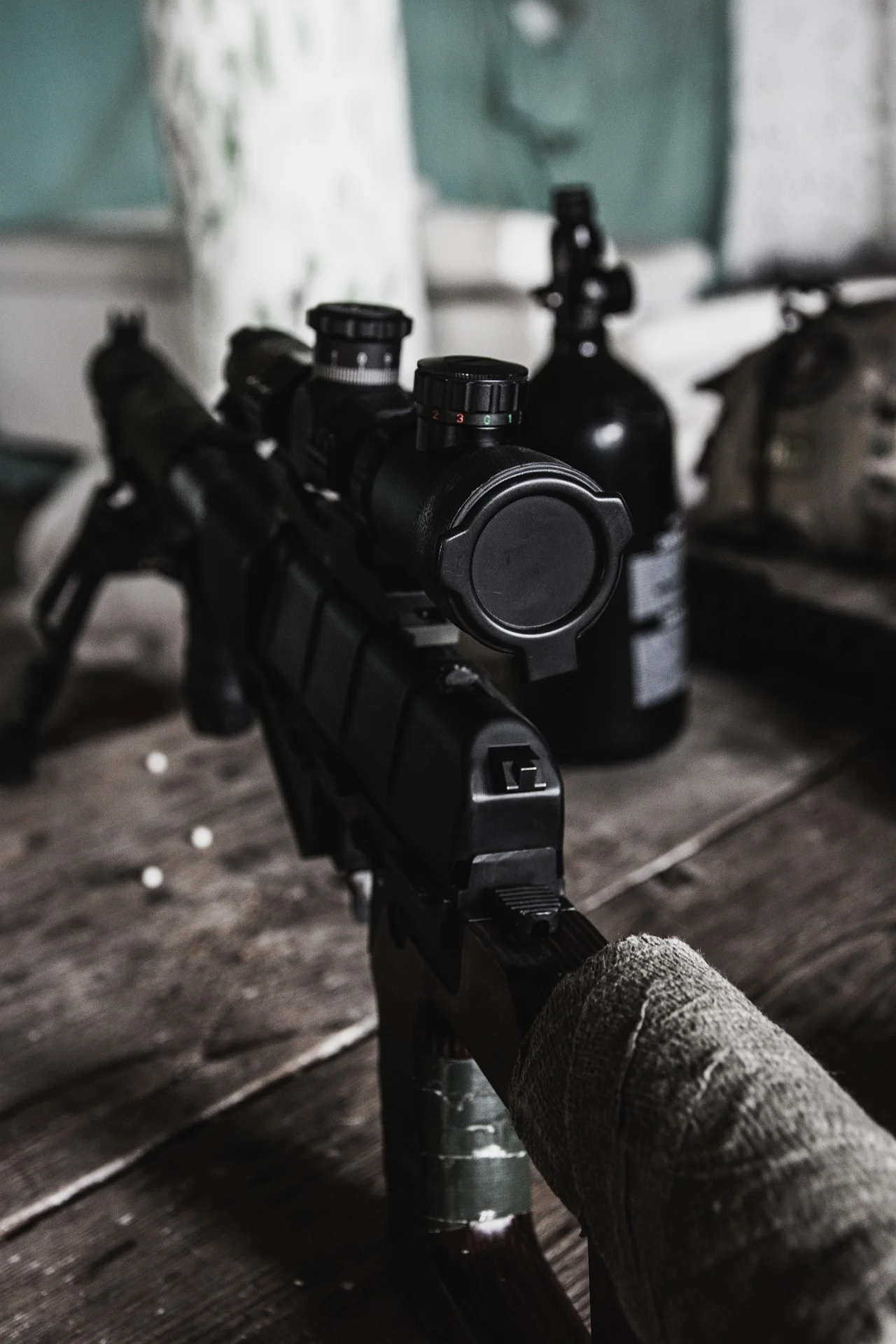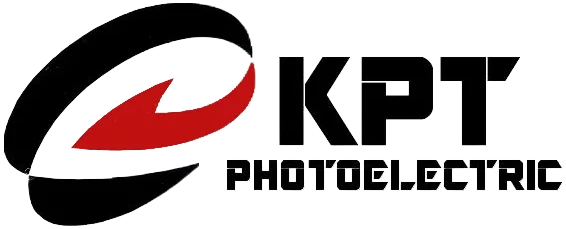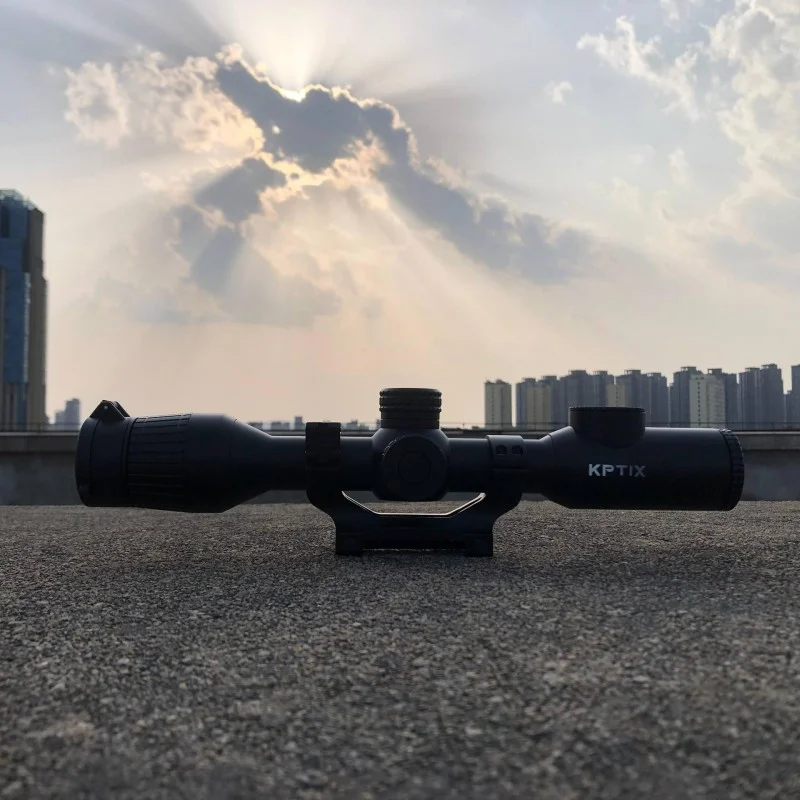
In modern hunting, thermal imaging scopes have become essential tools for hunters, offering clear visibility in low-light or adverse weather conditions. These high-tech devices are expensive, and their performance and longevity depend heavily on proper maintenance. Correct care not only extends the lifespan of the equipment but also ensures optimal performance during critical moments. This article comprehensively explores maintenance methods for thermal imaging scopes used in hunting, helping hunters protect this vital tool and enhance their hunting experience.
Working Principle of Thermal Imaging Scopes
Before delving into maintenance methods, understanding the working principle of thermal imaging scopes is helpful for proper care. These scopes generate images by capturing infrared radiation (heat) emitted by targets. Their core components include a detector that converts infrared energy into electrical signals, which are then processed into visible images. This technology allows hunters to accurately locate targets at night, in fog, or through smoke.
Key Components
-
Optical Lens: Collects and focuses infrared radiation.
-
Detector: Converts thermal energy into electrical signals.
-
Display Screen: Presents the thermal image.
-
Battery Pack: Powers the device’s operation.
The precision of these components underscores the importance of maintenance, as any neglect can compromise performance.
Why Maintenance Matters
Thermal imaging scopes are delicate instruments susceptible to environmental factors, usage habits, and storage conditions. Proper maintenance offers several benefits:
-
Extended Lifespan: Reduces wear and tear on components.
-
Maintained Image Quality: Ensures clarity and accuracy of images.
-
Enhanced Reliability: Keeps the device functional in harsh conditions.
-
Cost Savings: Preventive maintenance is more cost-effective than post-failure repairs.
Neglecting maintenance can lead to issues like blurry lenses, battery failure, or complete device malfunction, directly impacting hunting success.
Daily Maintenance Tips
1. Cleaning and Protection
Lens Cleaning
The lens is the heart of a thermal imaging scope, directly affecting image quality.
-
Tools: Use a dedicated lens cleaning cloth and lens cleaning solution.
-
Steps: Gently wipe the lens surface with a slightly damp cloth, avoiding excessive pressure.
-
Frequency: Clean after each use to prevent dust or smudges from accumulating.
Housing Cleaning
While the housing doesn’t directly affect imaging, dirt can infiltrate ports or buttons.
-
Tools: Soft cloth and mild cleaning agent.
-
Steps: Wipe the housing, focusing on seams and ports.
-
Caution: Avoid water seepage into internal components.
Protective Measures
-
Lens Cap: Use a lens cap when the scope is not in use to prevent scratches and dust buildup.
-
Storage: Store in a dry, well-ventilated area, avoiding high temperatures or humidity.
2. Battery Management
The battery is the power source for thermal imaging scopes, and improper management can shorten its lifespan.
-
Check Battery Level: Ensure the battery is fully charged before each hunt.
-
Spare Batteries: Carry extra batteries for extended outdoor activities.
-
Charging Practices: Use the original charger and avoid overcharging or deep discharging.
3. Software Maintenance
Modern thermal imaging scopes often include firmware, and regular updates can enhance performance.
-
Check for Updates: Visit the manufacturer’s website periodically to download the latest firmware.
-
Update Process: Follow the manual’s instructions to ensure smooth updates.
4. Calibration and Tuning
Accuracy is critical for scopes, making regular calibration essential.
-
Calibration Frequency: Calibrate monthly or quarterly, depending on usage frequency.
-
Parameter Adjustments: Adjust image modes and sensitivity based on environmental conditions (e.g., night or fog).
Maintenance in Special Environments
1. Harsh Weather
Hunting often involves rain, snow, or high humidity, requiring extra precautions.
-
Waterproofing: Use a waterproof cover or sleeve to protect against rain.
-
Anti-Fogging: Apply anti-fog agents to the lens in high-humidity conditions.
2. Extreme Temperatures
High or low temperatures can affect device performance.
-
High-Temperature Protection: Avoid direct sunlight or leaving the scope in a hot vehicle.
-
Low-Temperature Protection: Use an insulated cover to protect the battery and device in cold weather.
3. Vibration and Impact
Hunting involves jolts or recoil from firearms, which can damage the scope.
-
Secure Installation: Ensure the scope is firmly mounted on the firearm.
-
Safe Transport: Use a dedicated protective case to prevent damage during transport.
Common Issues and Solutions
1. Blurry Images
-
Cause: Dirty lens or misadjusted focus.
-
Solution: Clean the lens and readjust the focus.
2. Short Battery Life
-
Cause: Battery aging or improper charging.
-
Solution: Replace the battery and optimize charging habits.
3. Failure to Power On
-
Cause: Depleted battery or hardware failure.
-
Solution: Replace the battery; if the issue persists, contact the manufacturer for repairs.
Practical Maintenance Tips
-
Regular Inspections: Conduct a thorough check monthly, including the lens, battery, and firmware status.
-
Usage Log: Record the device’s performance after each use to identify potential issues early.
-
Professional Maintenance: Send the scope to a professional service center annually for deep inspection and calibration.
Conclusion
Thermal imaging scopes are invaluable allies in hunting, and their performance relies on diligent maintenance. Through cleaning, battery management, software updates, calibration, and tailored precautions for harsh environments, hunters can ensure their scopes remain in top condition. Proper maintenance habits not only enhance hunting success but also extend equipment lifespan and reduce repair costs. We hope this article’s maintenance tips provide practical guidance for your hunting adventures.






